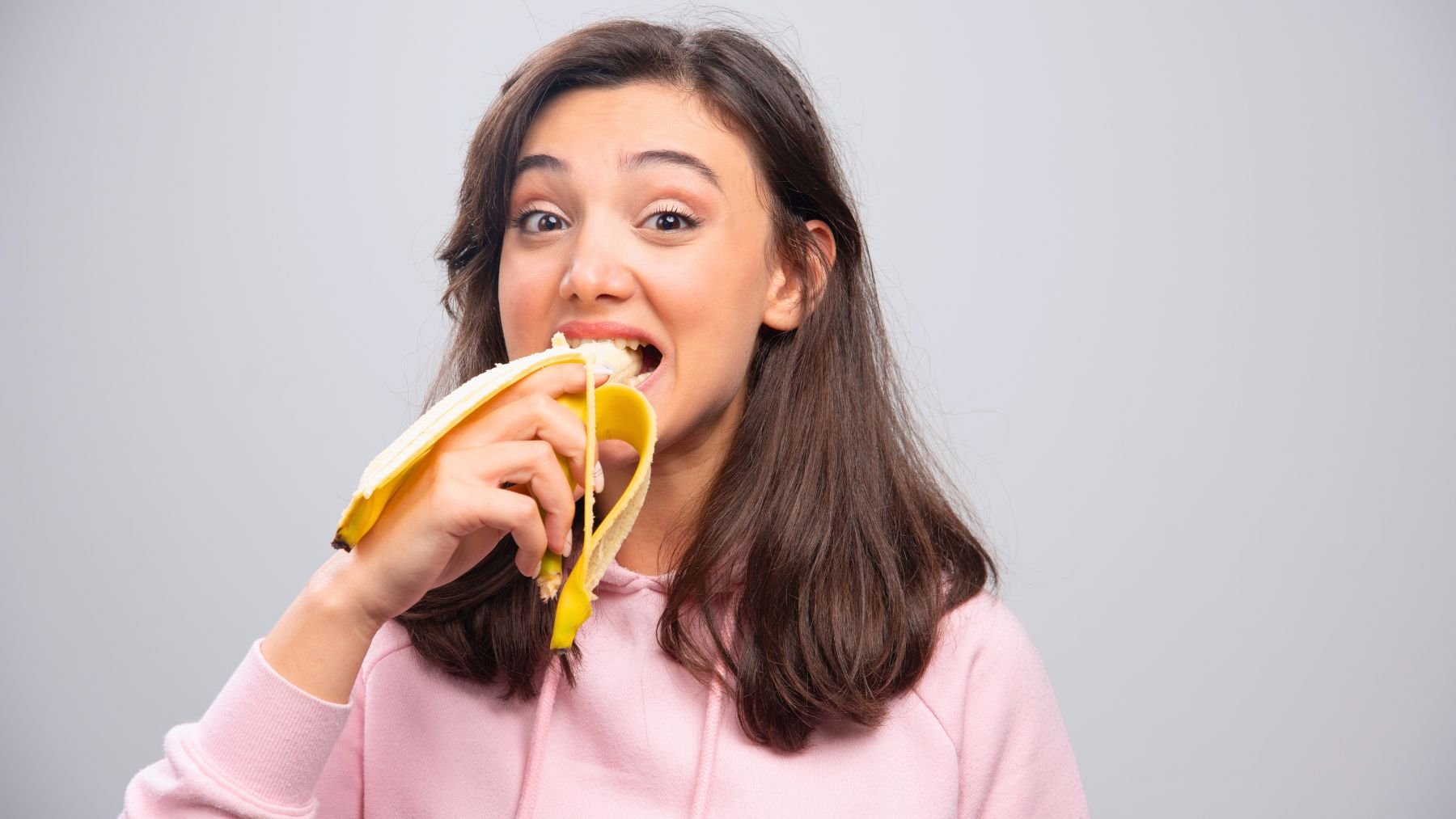Bananas are one of the most popular fruits in the world—easy to grab, naturally sweet, and packed with nutrients like potassium and vitamin C. But if you’re wondering how they affect your blood sugar, the answer depends on a few key details, including how ripe they are and what you eat them with.
Scientists say bananas do raise blood sugar, but not all at once or in the same way for everyone. Factors like ripeness, portion size, and even how you store them can change how quickly your glucose levels respond. Here’s what happens in your body when you eat one, and how to make it a smarter part of your diet.
What happens when you eat bananas
When you eat a banana, your body breaks down its carbohydrates into glucose, which enters the bloodstream and raises blood sugar levels. The speed of that rise depends on the fruit’s glycemic index (GI) and glycemic load (GL), two measures that describe how fast and how much a food affects your glucose levels.
A medium-ripe banana has a GI of around 51, which puts it in the “low” category, and a GL of about 13, considered moderate. That means a single banana won’t cause the same rapid spike as a soda or candy bar, but it does create a noticeable rise in blood sugar, especially if eaten on an empty stomach.
Green or slightly underripe bananas contain more resistant starch, a type of carbohydrate that digests slowly and keeps your blood sugar steadier. As a banana ripens, that starch converts into natural sugars like glucose, fructose, and sucrose, which are digested faster and cause a quicker spike. A fully yellow banana will raise your blood sugar more than a green one, and an overripe banana with brown spots will have the biggest impact.
In addition, keeping bananas in the refrigerator slows ripening by preserving more of that resistant starch. Despite this, bananas aren’t bad for you, even if you have diabetes or insulin resistance. They provide fiber, potassium, vitamin B6, and antioxidants, all of which support heart and digestive health. The key is knowing how to eat them in a way that keeps your blood sugar balanced.
How to enjoy bananas without a sugar spike
You don’t have to cut bananas out of your diet to maintain healthy glucose levels. With a few small adjustments, you can enjoy them regularly without the energy crash that could follow.
- Go for less-ripe bananas. The greener the banana, the lower its GI. Those with some green on the peel will digest more slowly and raise your blood sugar less.
- Pair with protein, fiber, or healthy fats. Eating a banana with a handful of nuts, a spoonful of peanut butter, or some Greek yogurt helps slow digestion and stabilize glucose.
- Watch your portion size. A small or half banana can provide nutrients without spiking your blood sugar as much as a large one.
- Keep them cool. Refrigerating bananas helps preserve their resistant starch and keeps their natural sugars from developing too quickly.
- Eat them at the right time. Before or after exercise, your body can use that quick energy boost more efficiently.
If you find your blood sugar tends to rise sharply even with these strategies, talk to a healthcare provider or registered dietitian. Tracking your glucose levels with a glucometer or continuous monitor can help you understand how your body reacts to specific foods.
